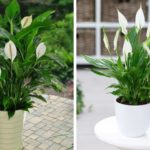Orchids, with their unique beauty, also bring economic value to growers, but caring for these flowers is not complicated. Join us in exploring simple ways to identify different types of orchids and suitable growing techniques for each variety!
1. The Significance of Orchids
 Orchids convey a very unique meaning.
Orchids convey a very unique meaning.
When it comes to the significance of orchids, people immediately associate them with wealth and nobility due to their exquisite beauty and allure. Additionally, orchids symbolize femininity and the purity and beauty of romantic love. Orchids also represent sincerity and kindness.
Furthermore, this flower is commonly used during grand openings or during the Tet holiday. It implies a successful beginning, good fortune, family reunion, and harmony.
2. Characteristics of Orchids
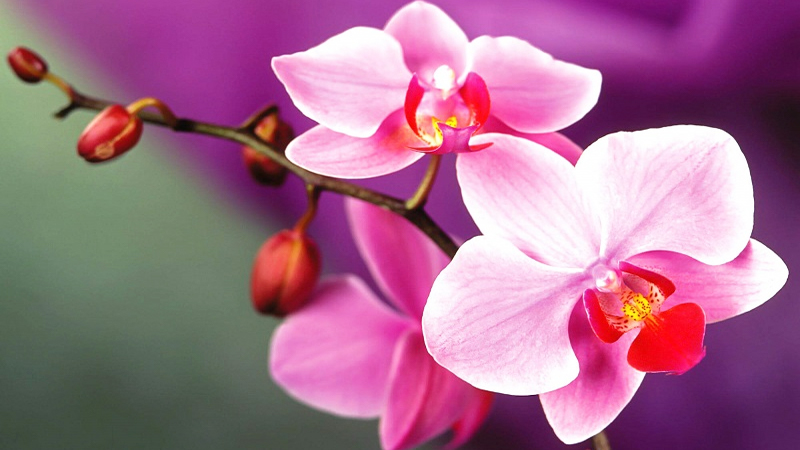 Orchid characteristics are categorized by origin, plant traits, and floral traits.
Orchid characteristics are categorized by origin, plant traits, and floral traits.
The characteristics of orchids can be categorized by their origin, plant traits, and floral traits.
By Origin
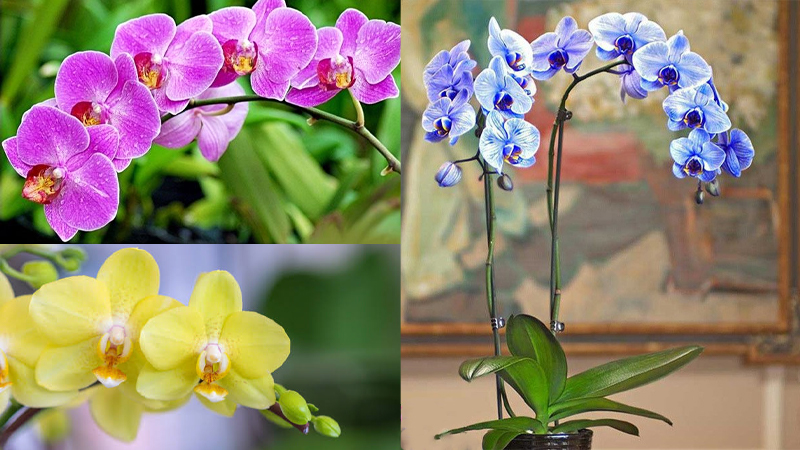 Orchids originate from South America.
Orchids originate from South America.
In terms of origin, orchids are native to the remote tropical rainforests of South America and parts of the Himalayas in Asia. Today, thanks to modern cultivation techniques, these flowers can be found almost everywhere in the world, with numerous stunning variations.
By Plant Traits
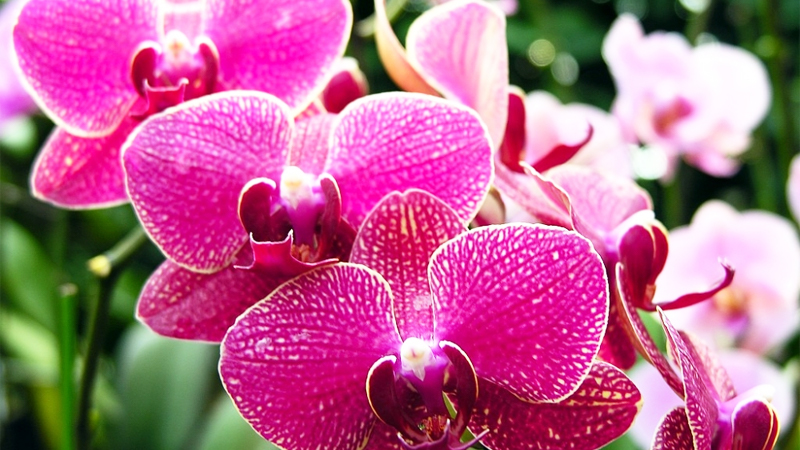 Orchids are epiphytic plants.
Orchids are epiphytic plants.
Orchids are epiphytic plants, meaning they grow by attaching themselves to host plants or other objects. When separated from their host, orchids continue to thrive independently.
While attached to a host, orchids absorb nutrients from their host to sustain themselves. Interestingly, orchids also have the unique ability to absorb nutrients from the air.
By Floral Traits
 Orchid flowers typically grow in large clusters.
Orchid flowers typically grow in large clusters.
Orchid flowers often grow in large, drooping or upward-facing clusters. Orchid petals are soft and smooth, and the flowers emit a special fragrance that is never unpleasant.
3 Simple Ways to Identify Different Types of Orchids
Identifying different types of orchids is quite simple.
Here are some simple ways to identify orchids based on their characteristics:
Identifying Orchids Through Their Morphological Characteristics
Based on their morphological characteristics, orchids can be divided into two groups.
In terms of morphology, orchids are mainly classified into two groups: single-stemmed orchids and multi-stemmed orchids:
Single-Stemmed Orchids
Single-stemmed orchids typically grow in two opposite rows, with their leaves arranged alternately. The leaves of these orchids grow in a circular or flat pattern. Examples of single-stemmed orchids include Vanda orchids and Luisia orchids.
Multi-Stemmed Orchids
Multi-stemmed orchids produce flowers that grow in clusters, facing upward or downward. This group of orchids grows continuously. Examples include Cymbidium orchids, Phalaenopsis orchids, Laelia orchids, and Cattleya orchids.
Identifying Orchids Through Their Habitat
Based on their habitat, orchids can be categorized into three groups.
Depending on their habitat, orchids are classified into three groups: terrestrial orchids, semi-terrestrial orchids, and aerial orchids:
Terrestrial Orchids
Terrestrial orchids refer to orchids that grow in soil or in conditions similar to soil. These orchids are herbaceous plants that thrive in shaded and outdoor environments. However, they can be damaged or wilted if exposed to intense sunlight during the summer.
Aerial Orchids
Aerial orchids are those that can grow and develop in the air. You can plant these orchids on decaying wood and hang them near windows, on porches, or on trellises. They rely on nutrients brought by rainwater or wind for their growth.
Semi-Terrestrial Orchids
Semi-terrestrial orchids can thrive in both soil and air environments, adapting well to either condition.
4. Orchid Growing and Caring Techniques
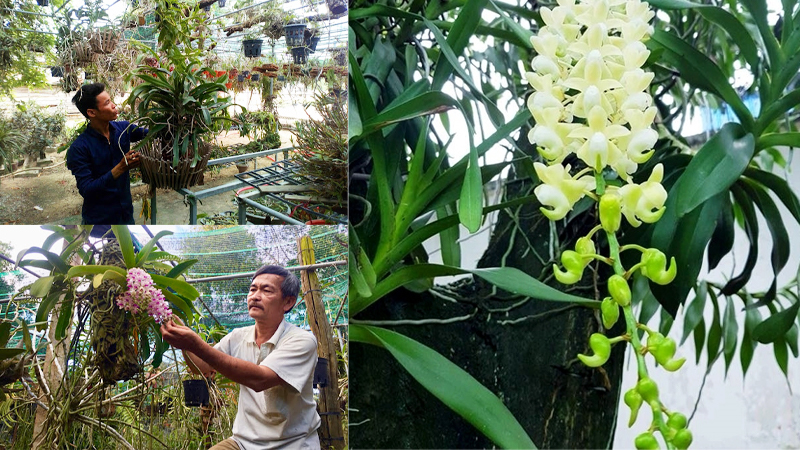 Image of orchid care.
Image of orchid care.
Before delving into orchid growing and care techniques, here are some important considerations for beginners:
Selecting the Right Variety: Choose orchid varieties that are easy to grow and resistant to diseases, such as Paphiopedilum, Oncidium, or Dendrobium. If you’re using cuttings for propagation, ensure they are properly treated before planting them in pots.
Planting Season: The best time to plant orchids is from late March to April, when the climate is cool.
Growing Medium: Opt for lightweight, porous, and moisture-retaining growing media like coconut coir, wood bark, coal slag, or compost.
Choosing a Pot: Select pots with holes at the bottom for better air circulation, drainage, and to prevent root rot.
Here are the detailed steps for planting orchids:
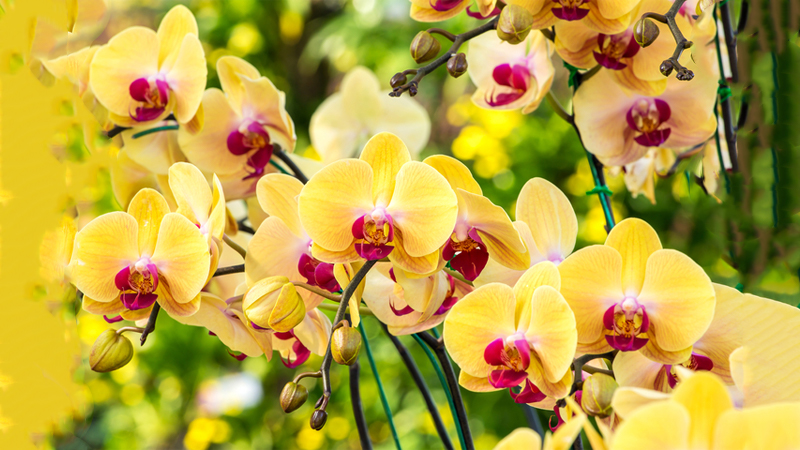 Fill the pot with growing media up to about one-fifth of its height.
Fill the pot with growing media up to about one-fifth of its height.
Start by filling your pot with growing media up to about one-fifth of its height, placing larger pieces at the bottom and smaller pieces on top. Ensure that the media level is about 1-2 cm below the pot’s rim.
When planting multi-stemmed orchids, insert a small stake at the edge of the pot to support the orchid stems. For single-stemmed orchids, place the stake in the center of the pot and secure the orchid to it using a string.
Avoid placing the orchid’s roots too close to the bottom of the pot.
For young orchids, create a sunshade to protect them from direct sunlight. Remove the shade gradually as the orchid develops new roots.
Here are some tips for orchid care:
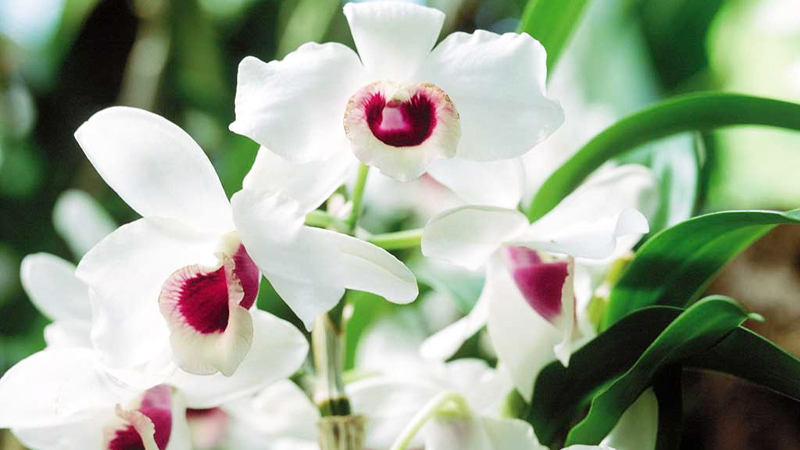
Orchids don’t require extensive care.
Light: Orchids don’t need excessive sunlight. Moderate sun exposure is sufficient for their photosynthesis.
Temperature: Orchids thrive in temperatures between 20-25°C. Each orchid variety has its own preferred temperature range, so maintain a suitable temperature for the specific type you’re growing.
Humidity: Orchids grow best in environments with 40-60% humidity. Consider investing in a humidity meter to better control the humidity levels in your orchid-growing environment.
Watering: Use non-saline, non-ferruginous water, and water your orchids once or twice a week to prevent root rot.
Pruning: Prune excess leaves and wilted flowers to direct more nutrients towards flower development.
Fertilization: Apply NPK 20-20-20 fertilizer along with other organic fertilizers after pruning. After a few months, fertilize again to encourage flowering, using either NPK 20-20-20 or 10-30-30 fertilizers.
We hope you found this information on simple ways to identify different types of orchids and their corresponding growing techniques helpful. Wishing you good health!
Unlock the secret to growing beautiful, long-lasting Italian orchids indoors
The Phalaenopsis orchid is a popular and easy-to-care-for houseplant that is beloved by many. With its beautiful and vibrant blooms, it is no wonder that this orchid has become a favorite among plant enthusiasts. Once you know how to properly care for it, the Phalaenopsis orchid will reward you with frequent and stunning displays of flowers.


























